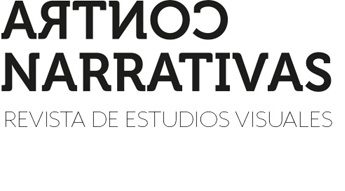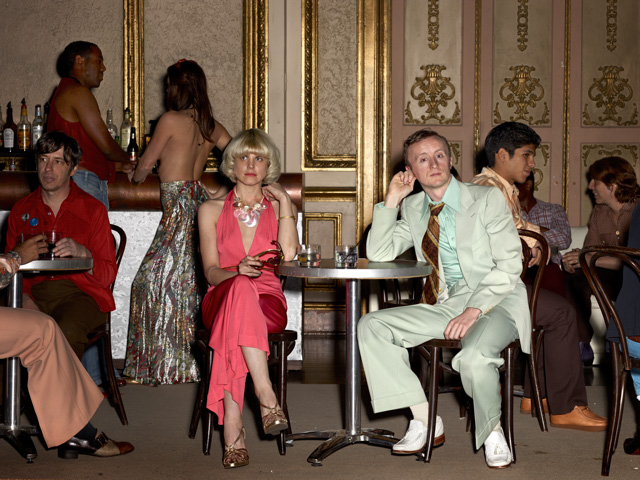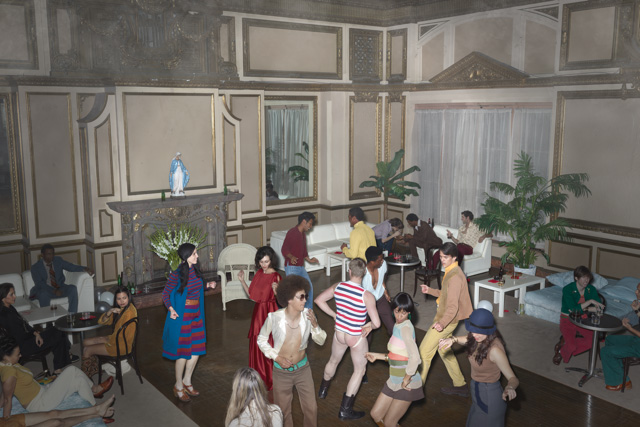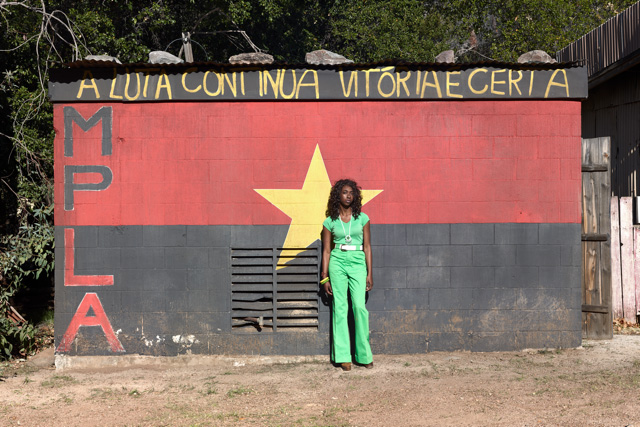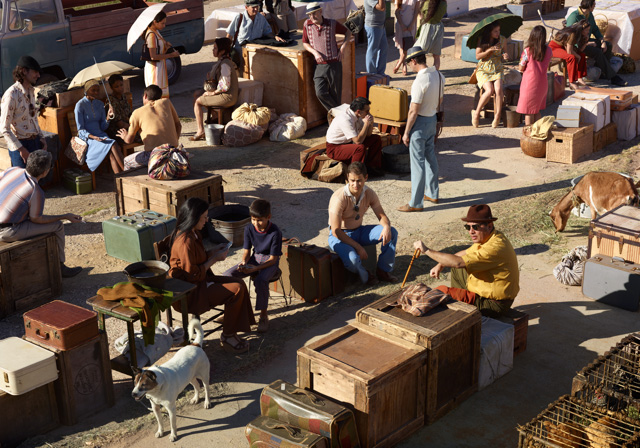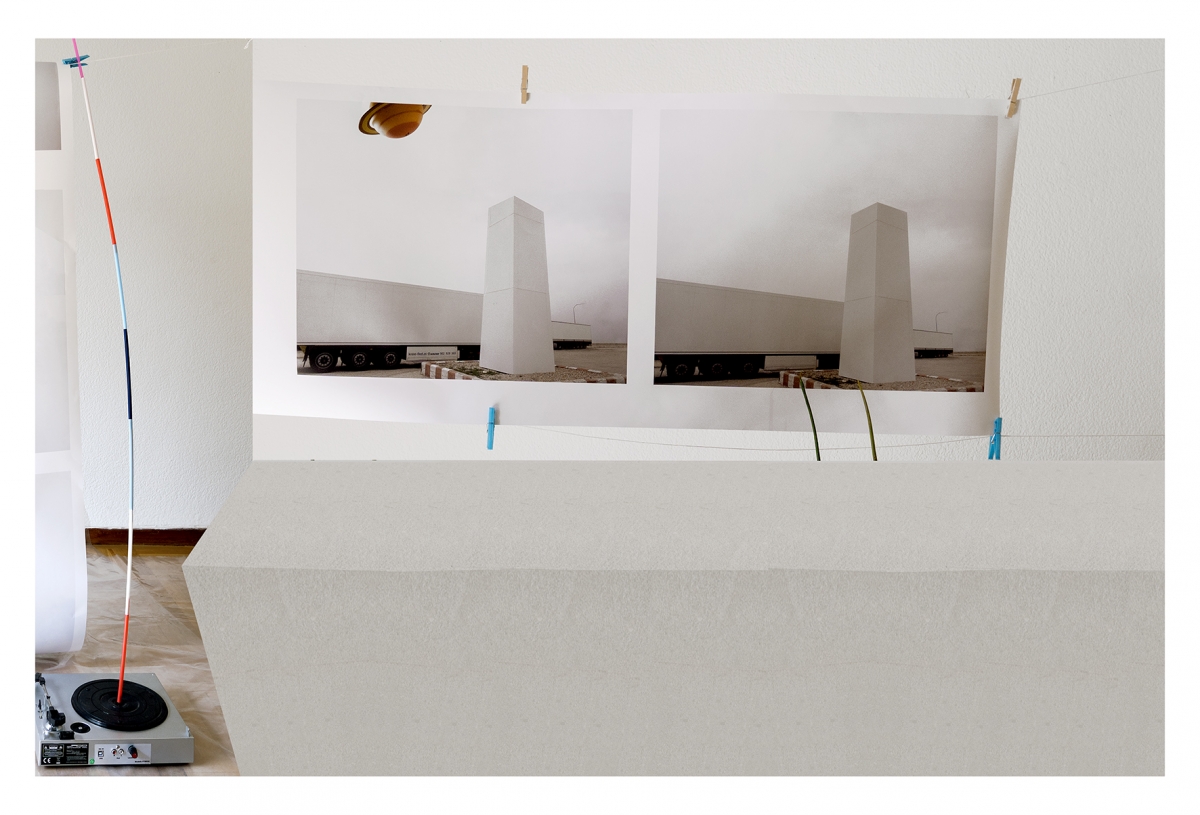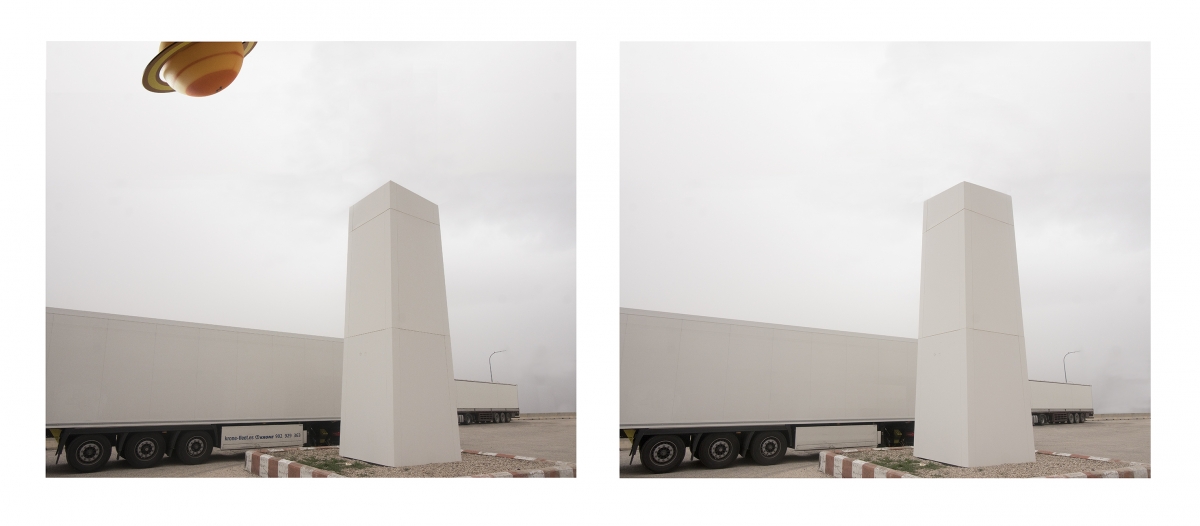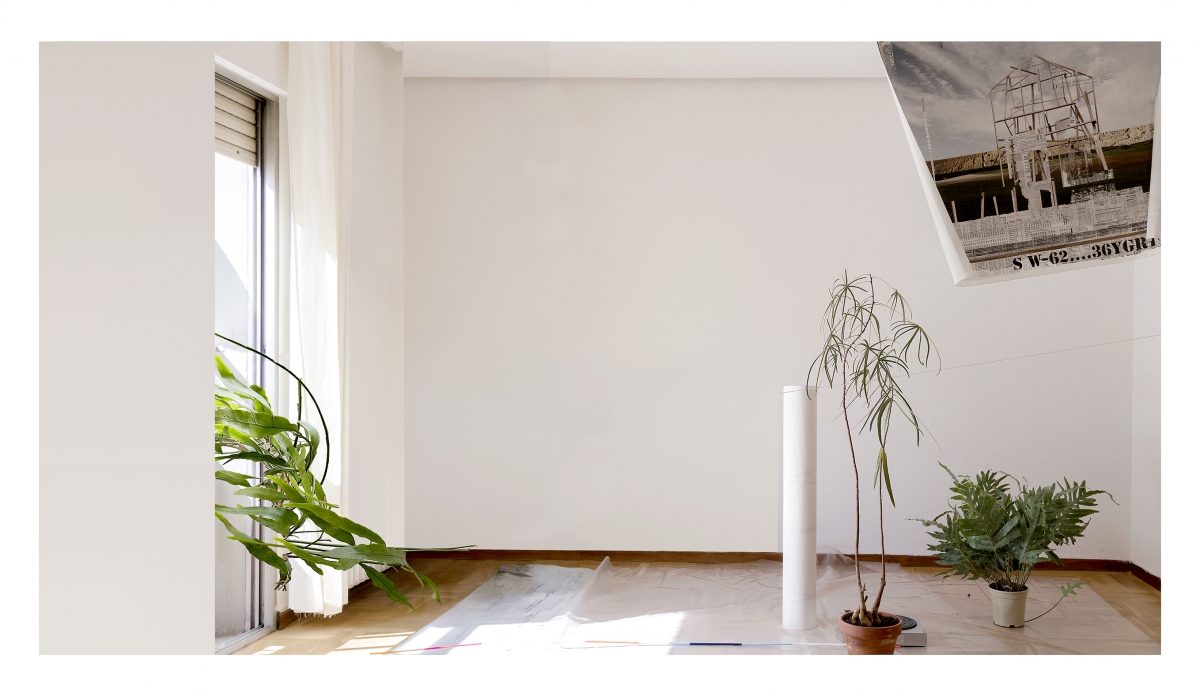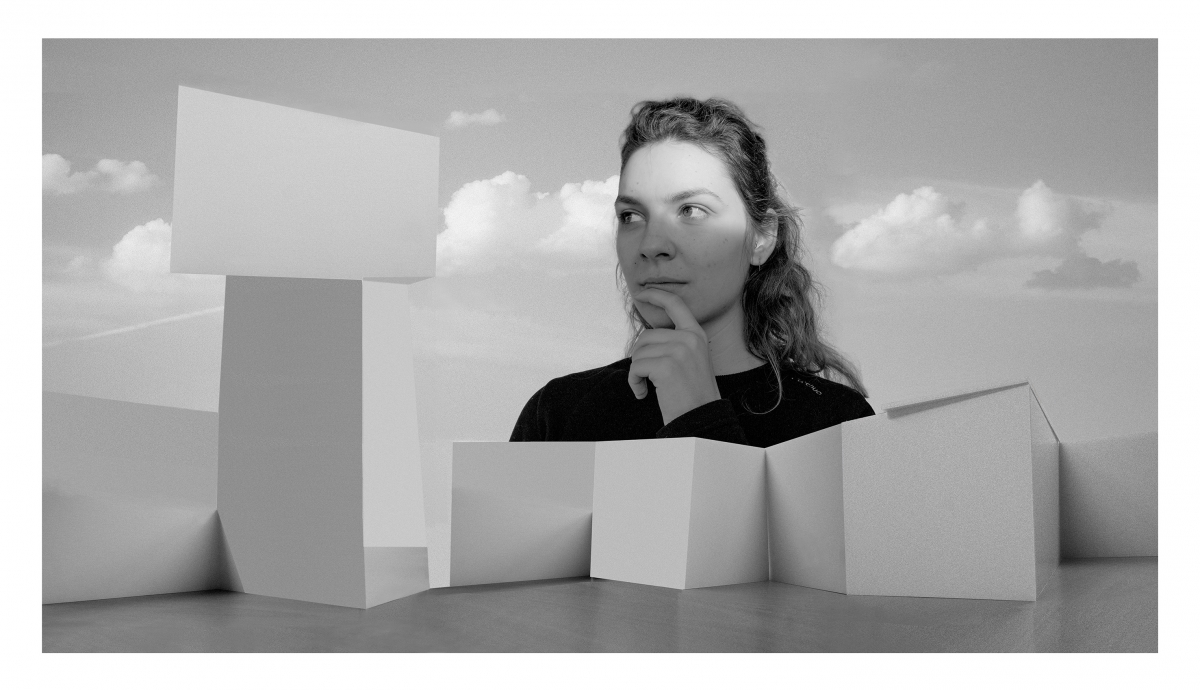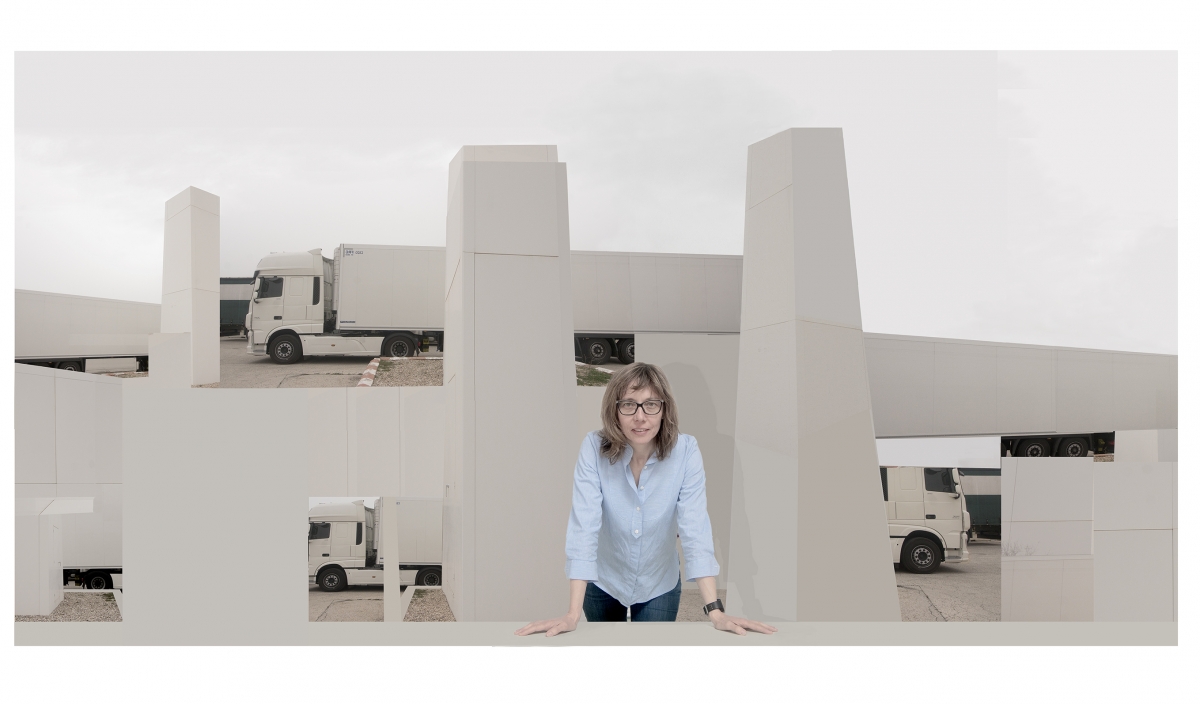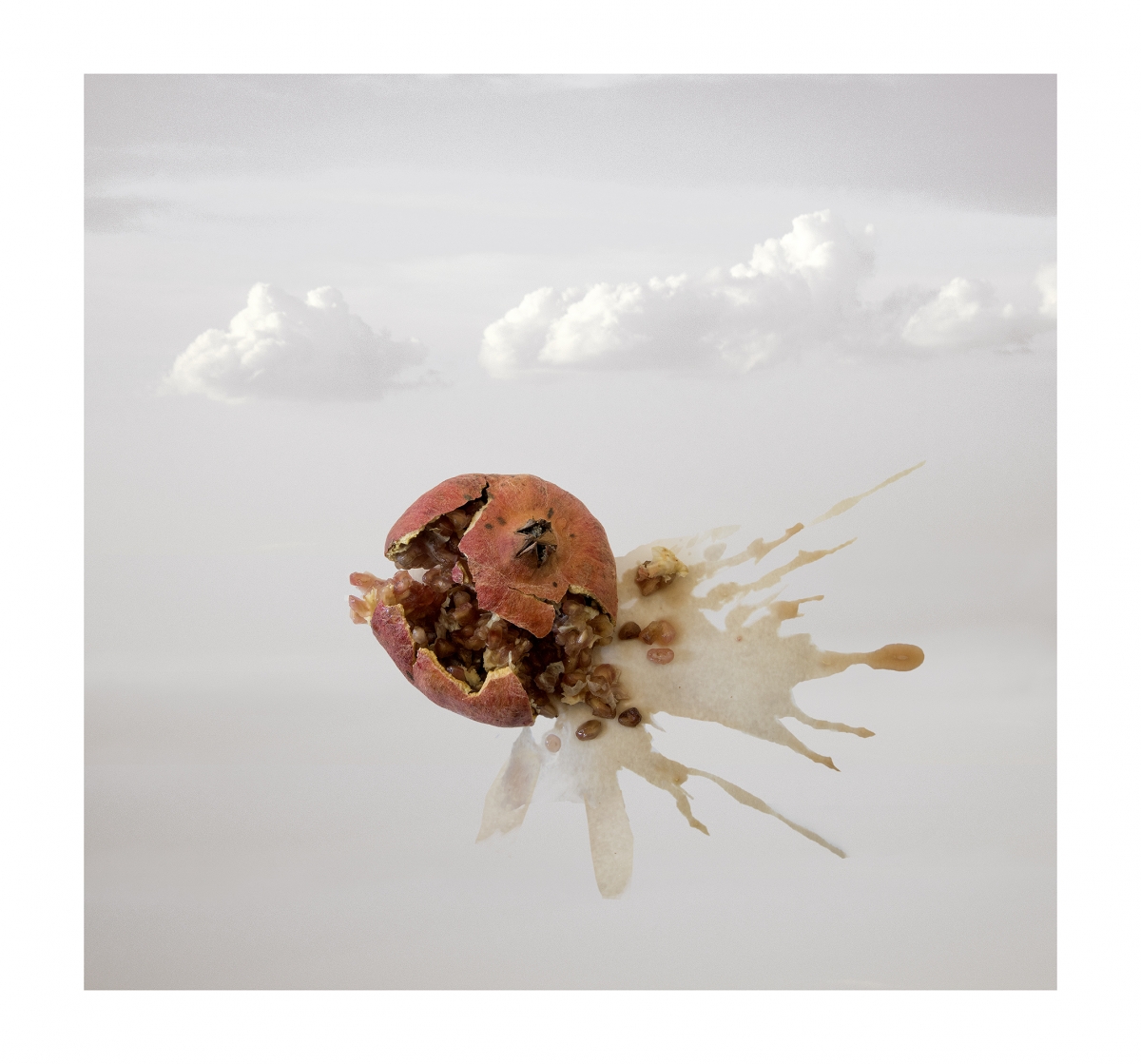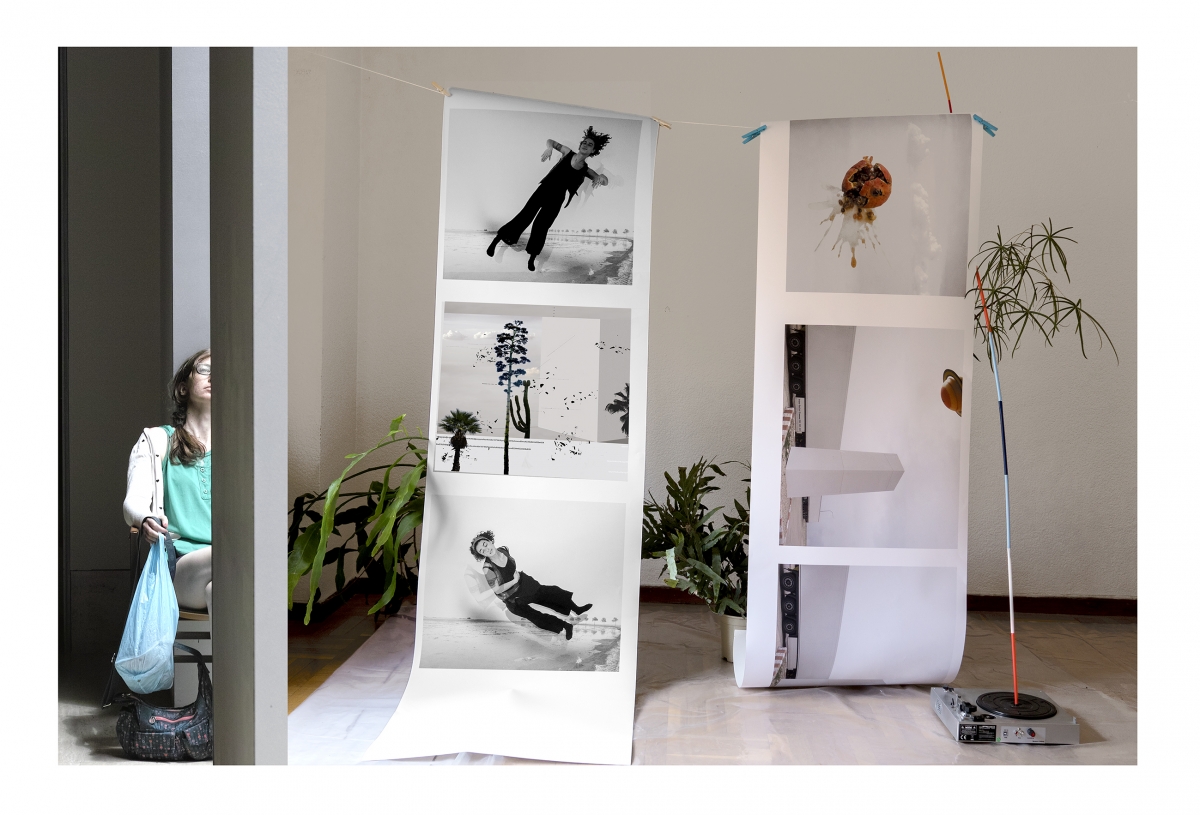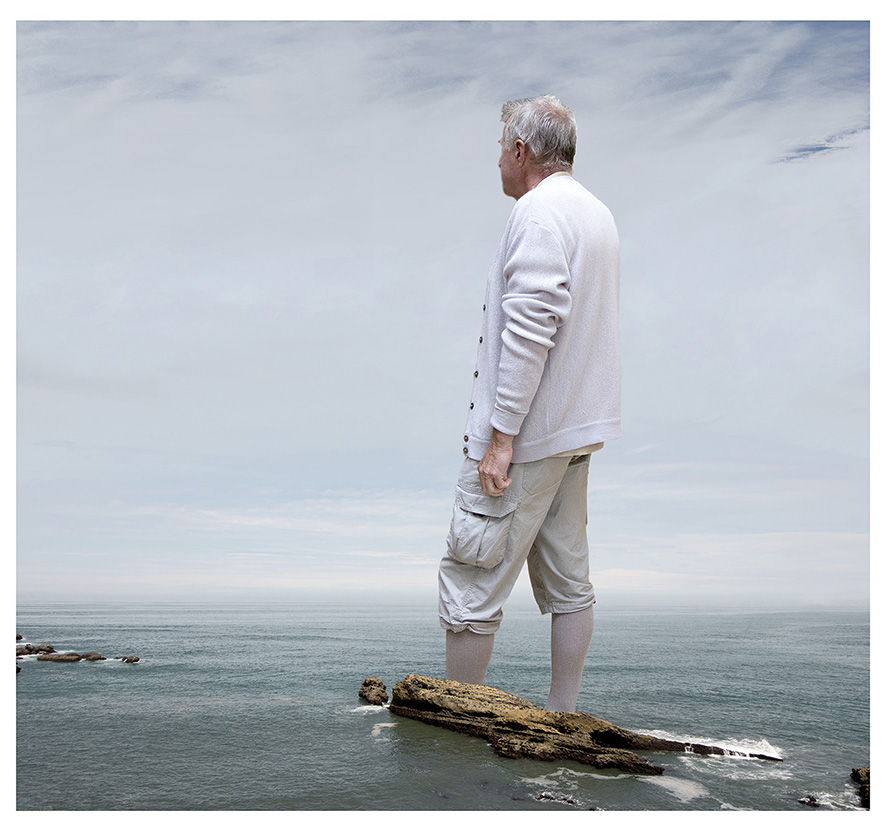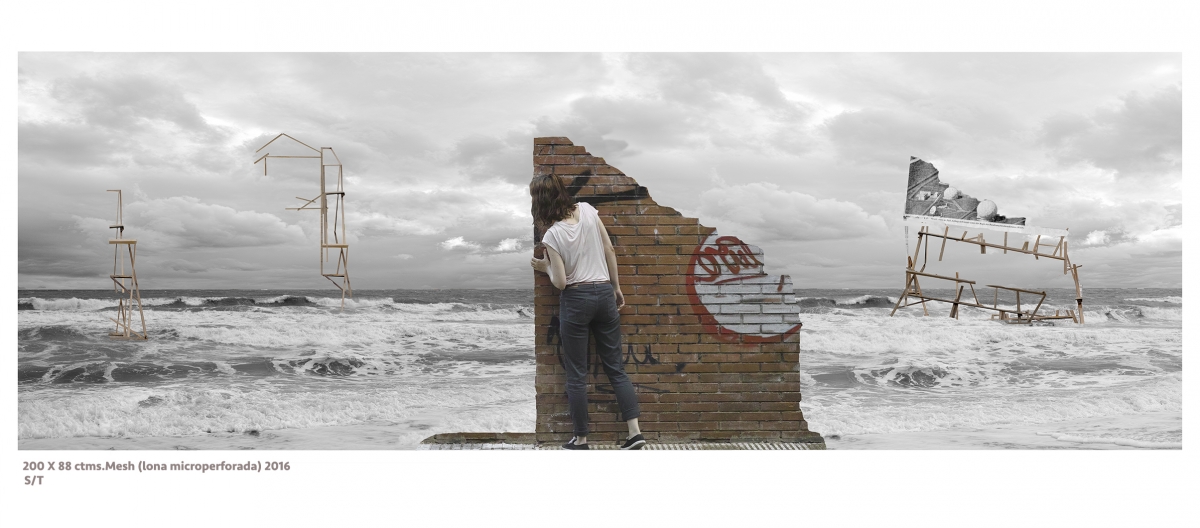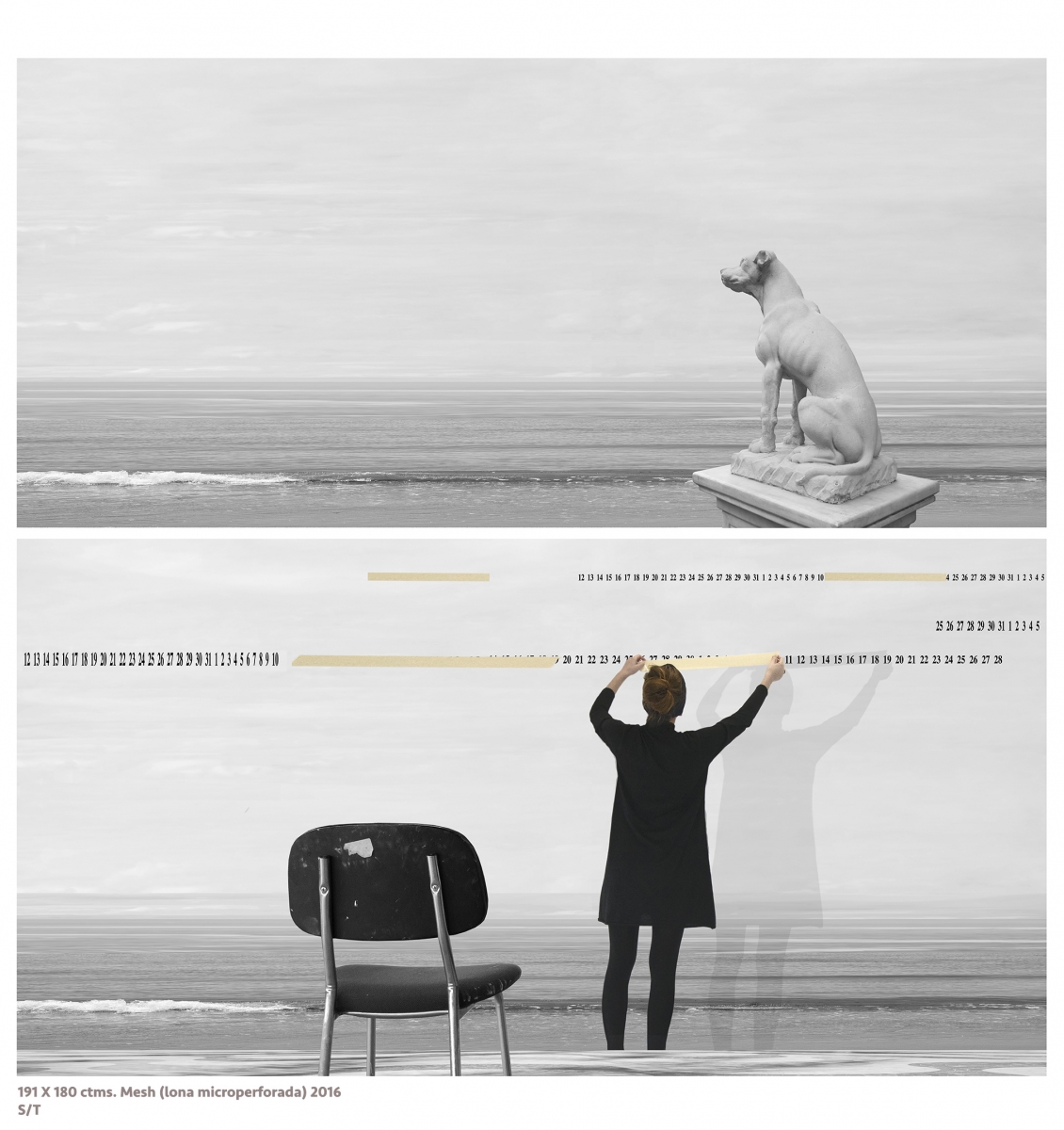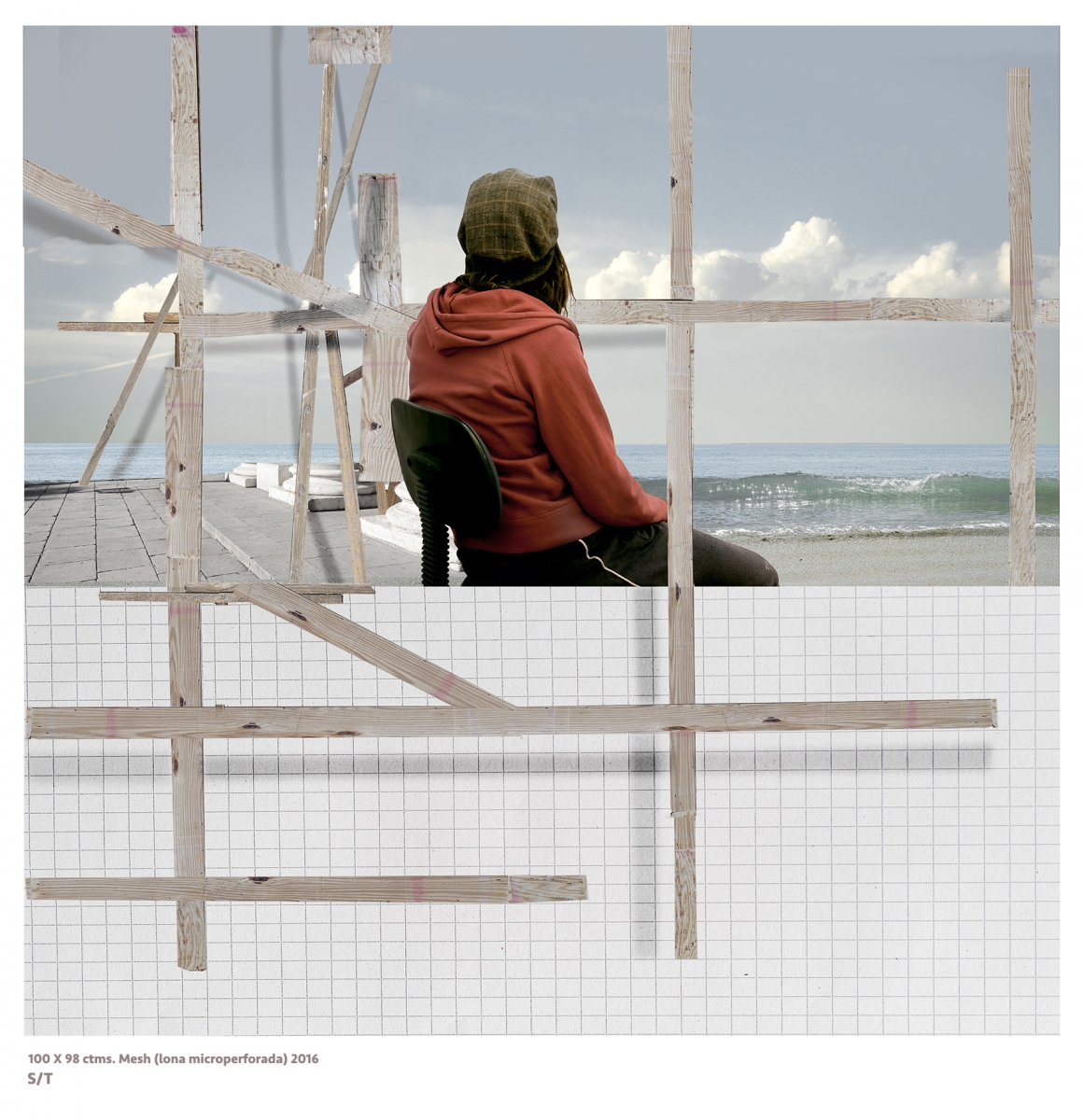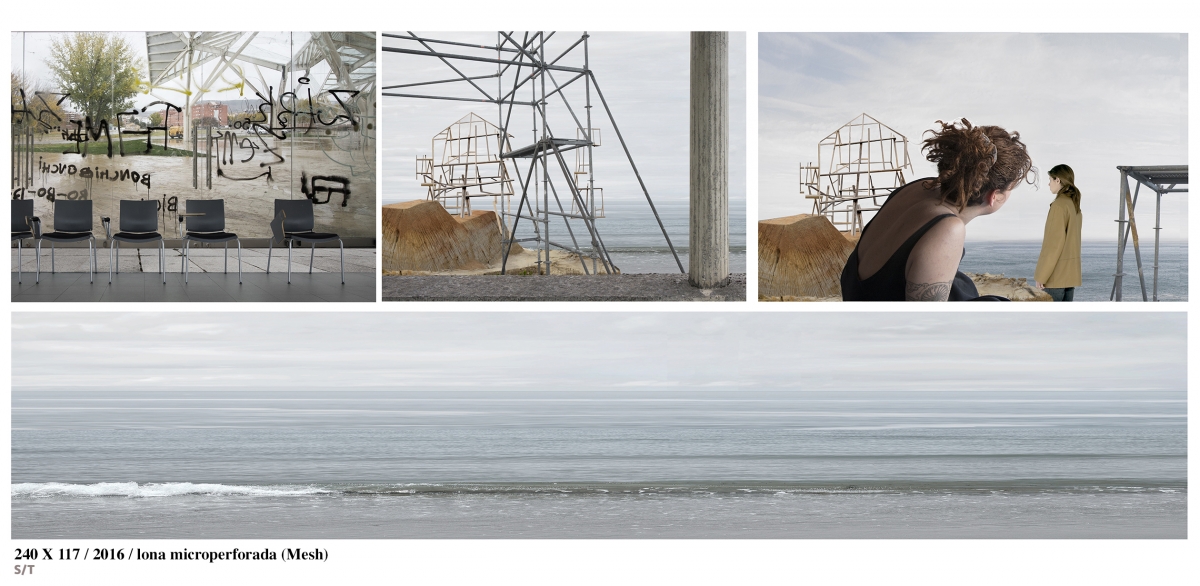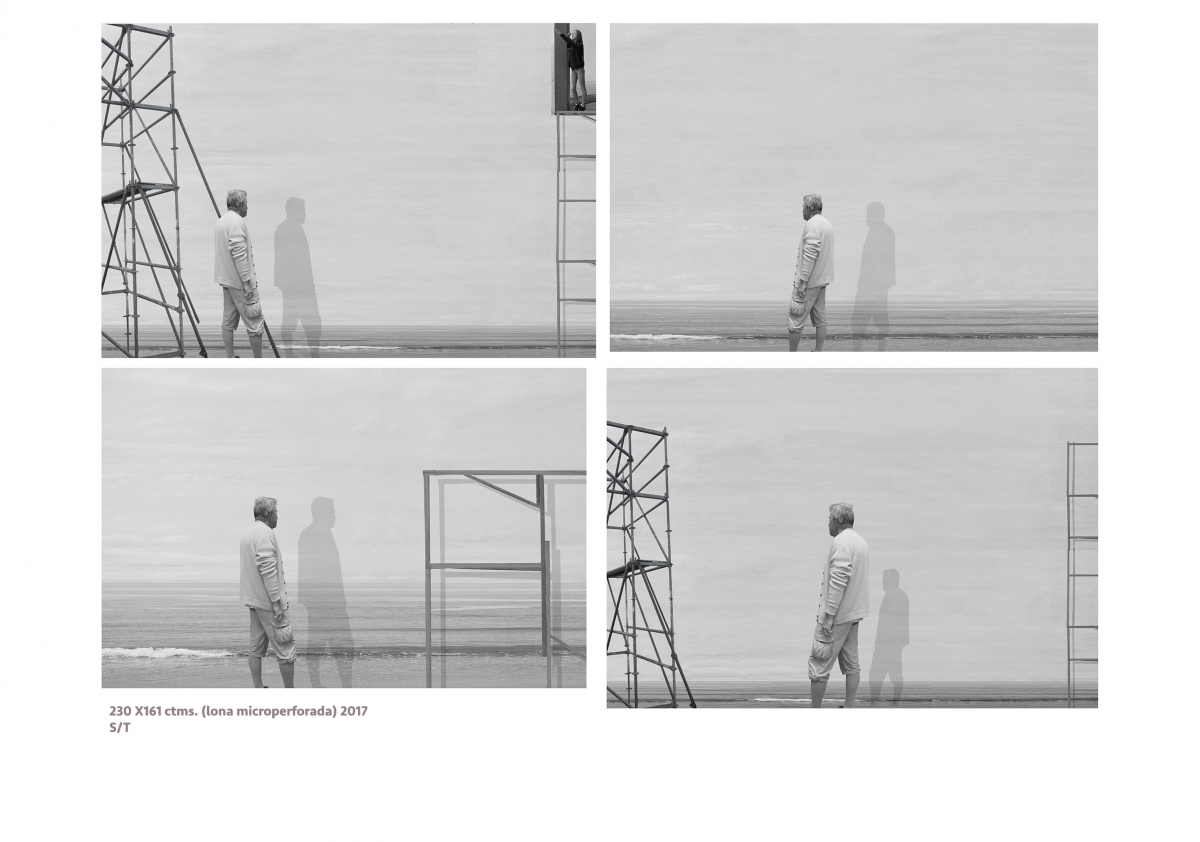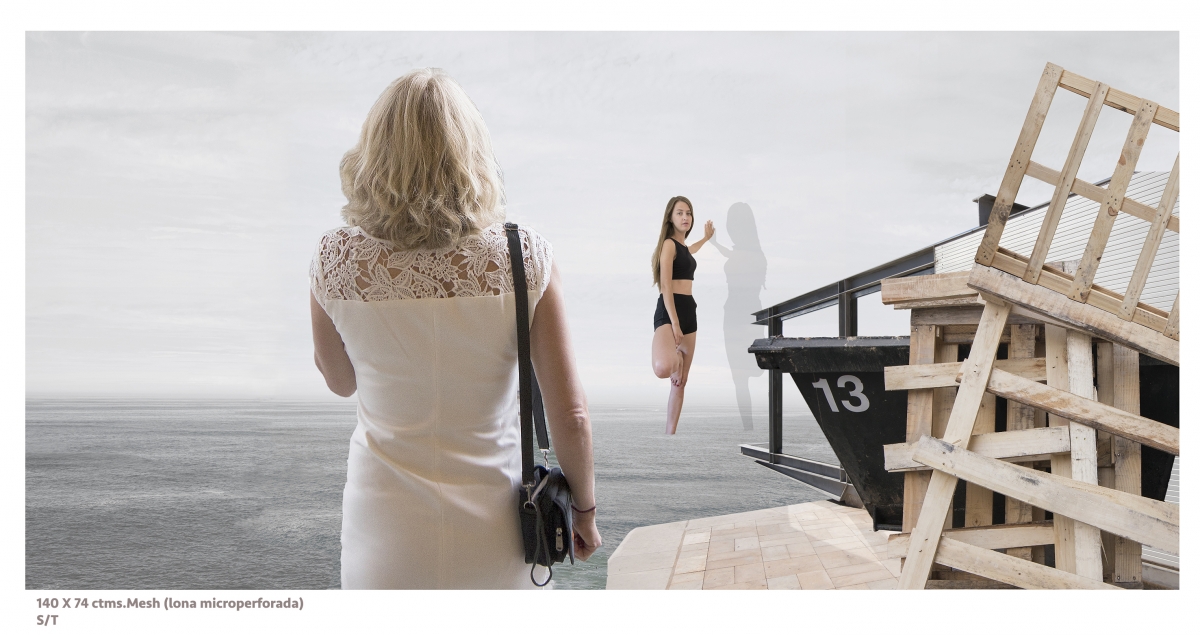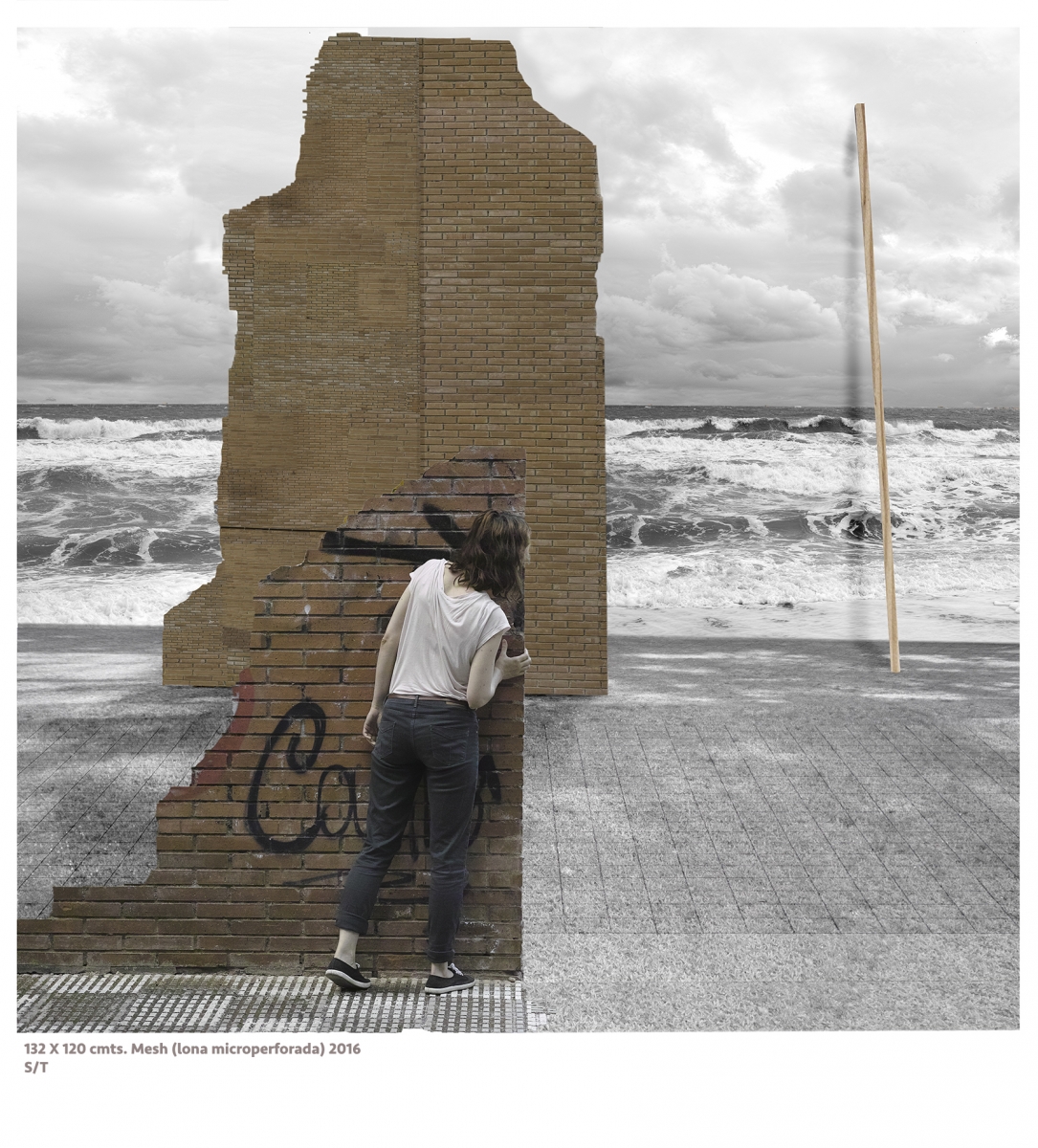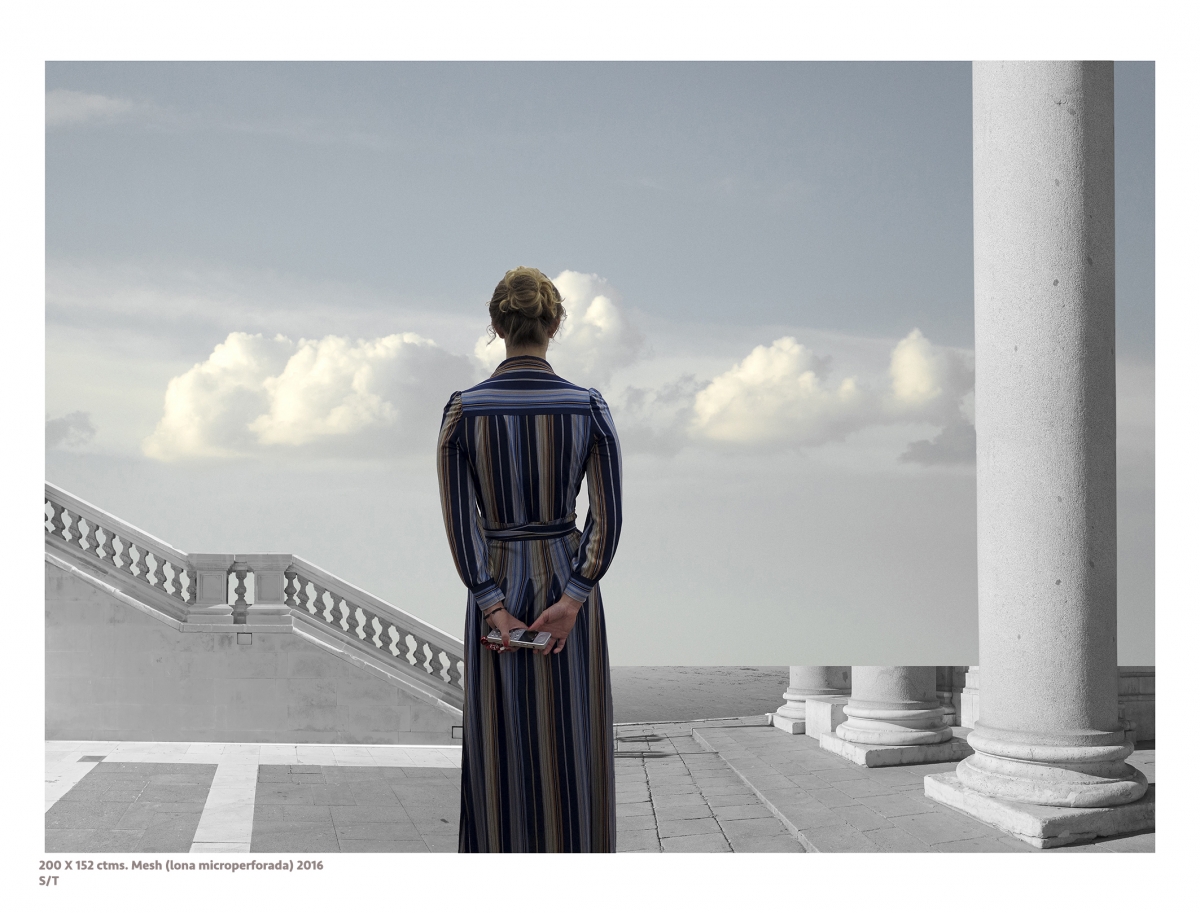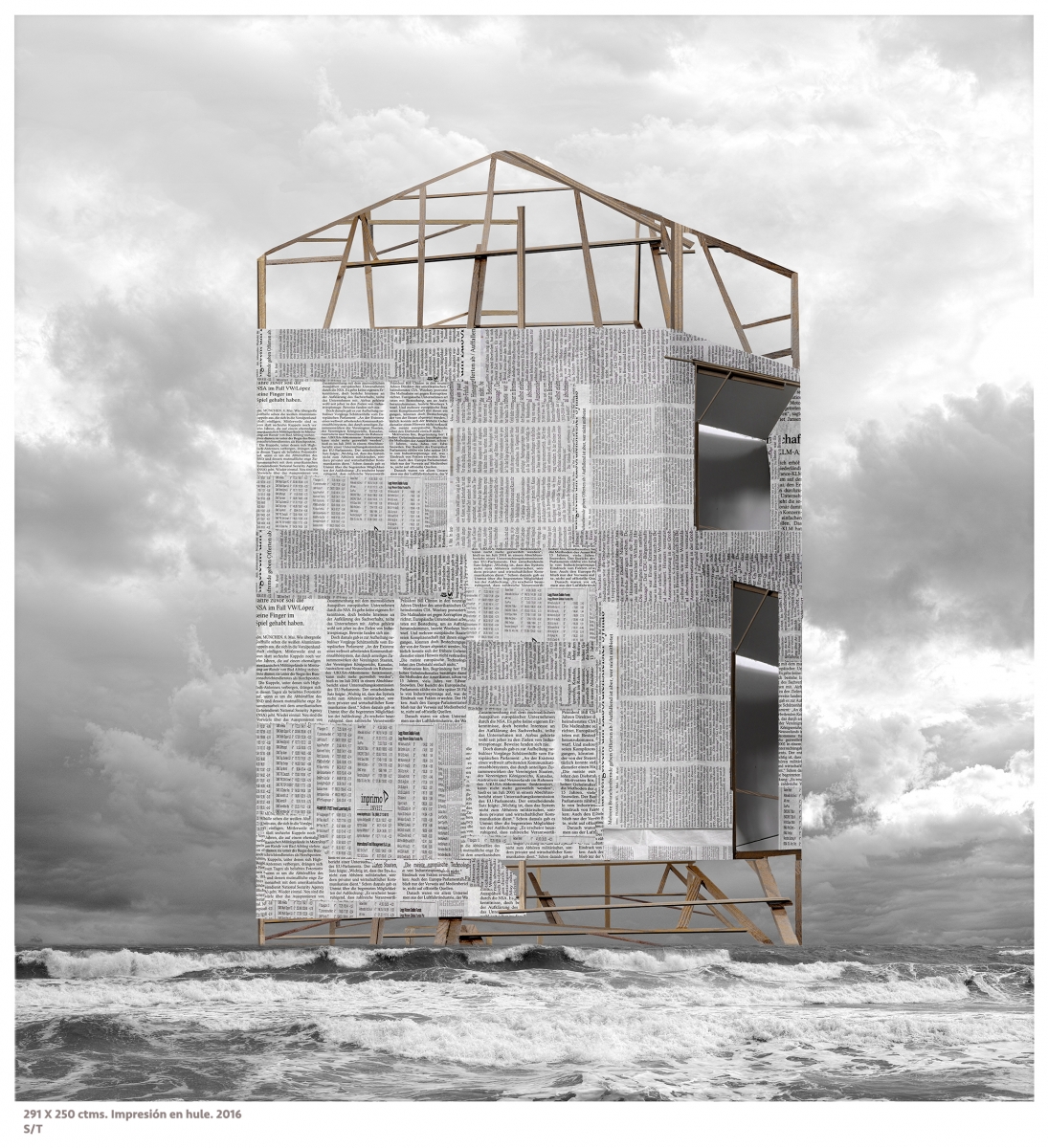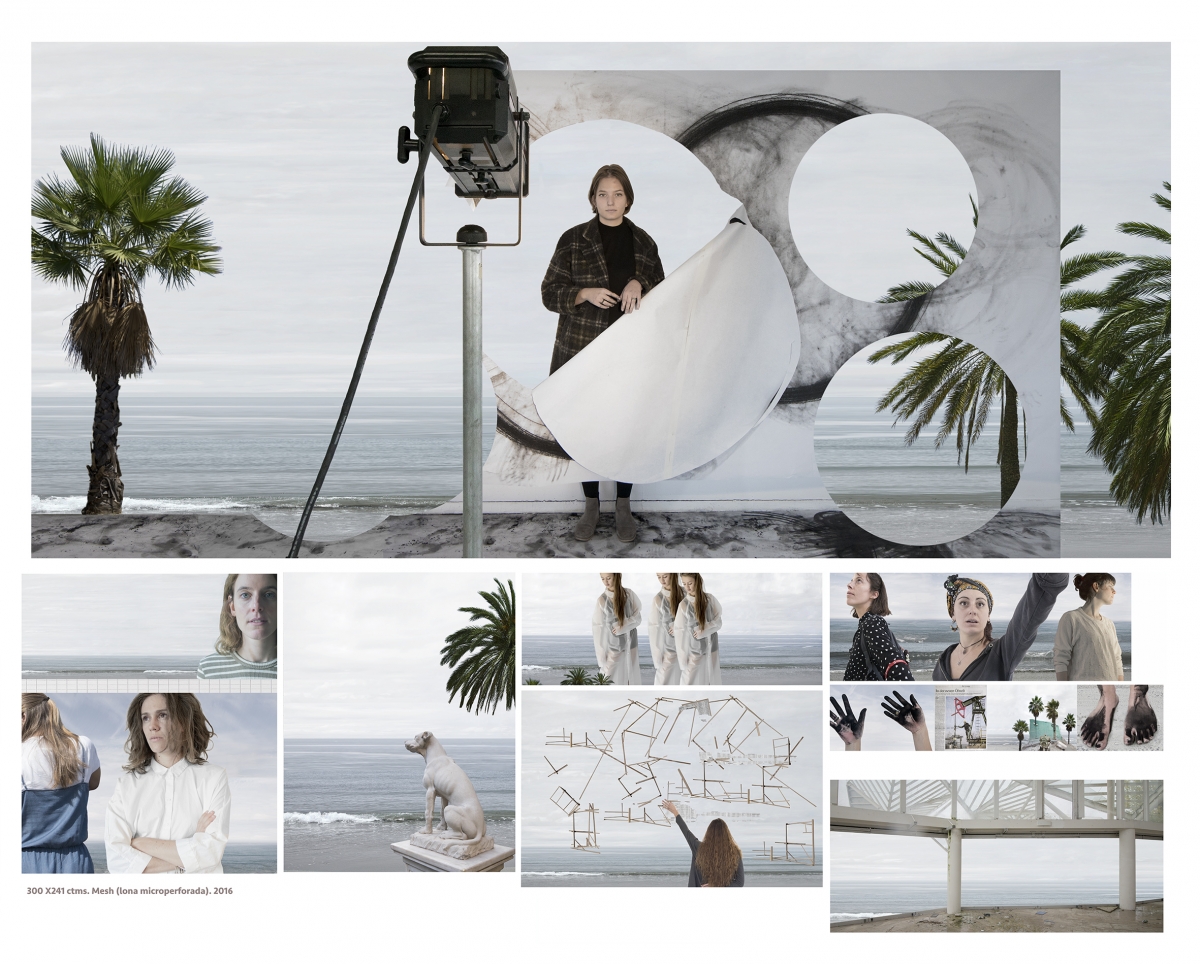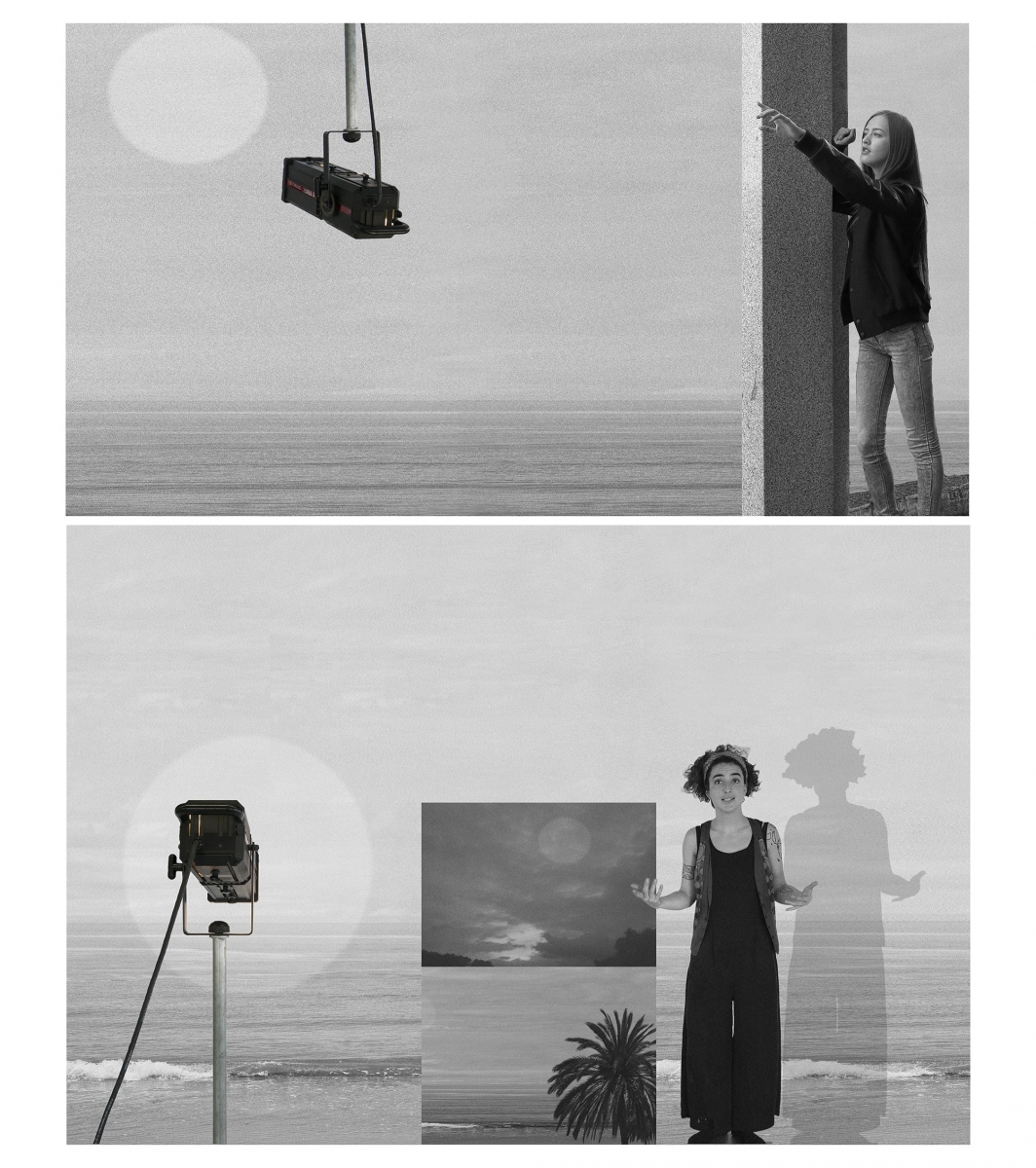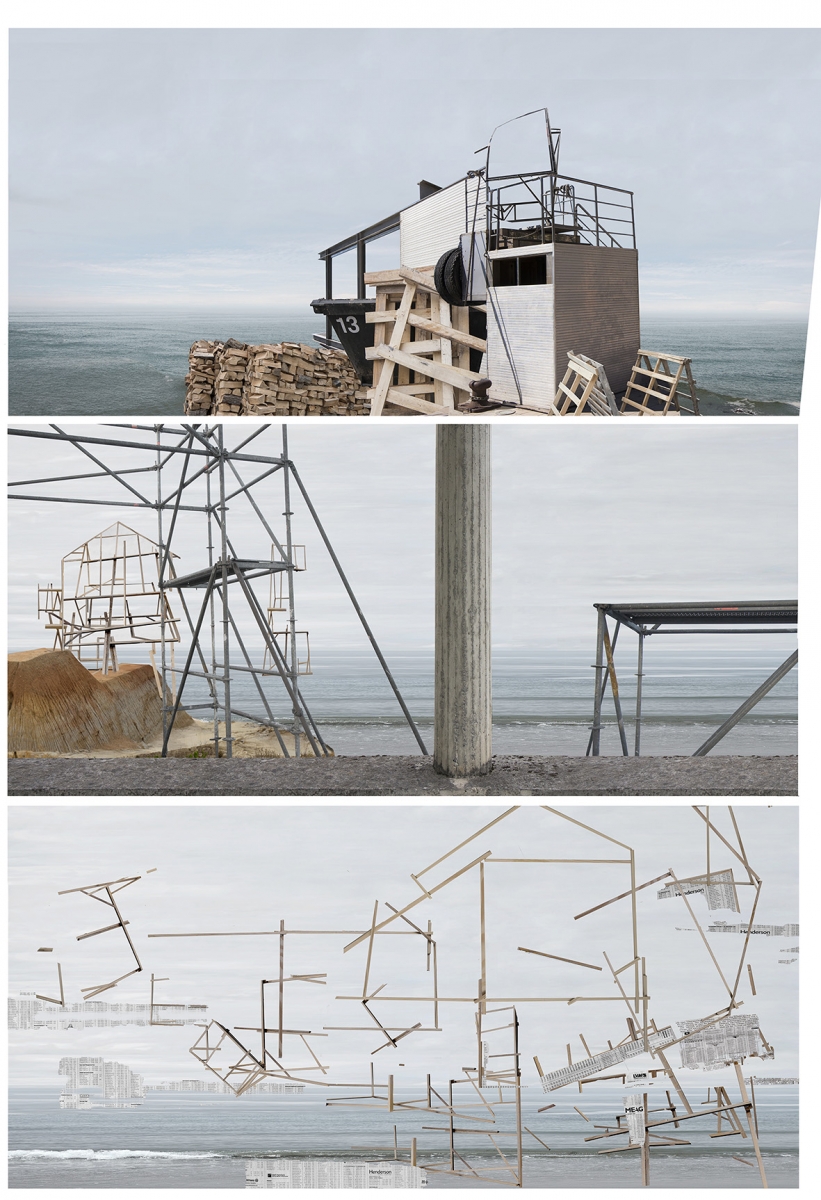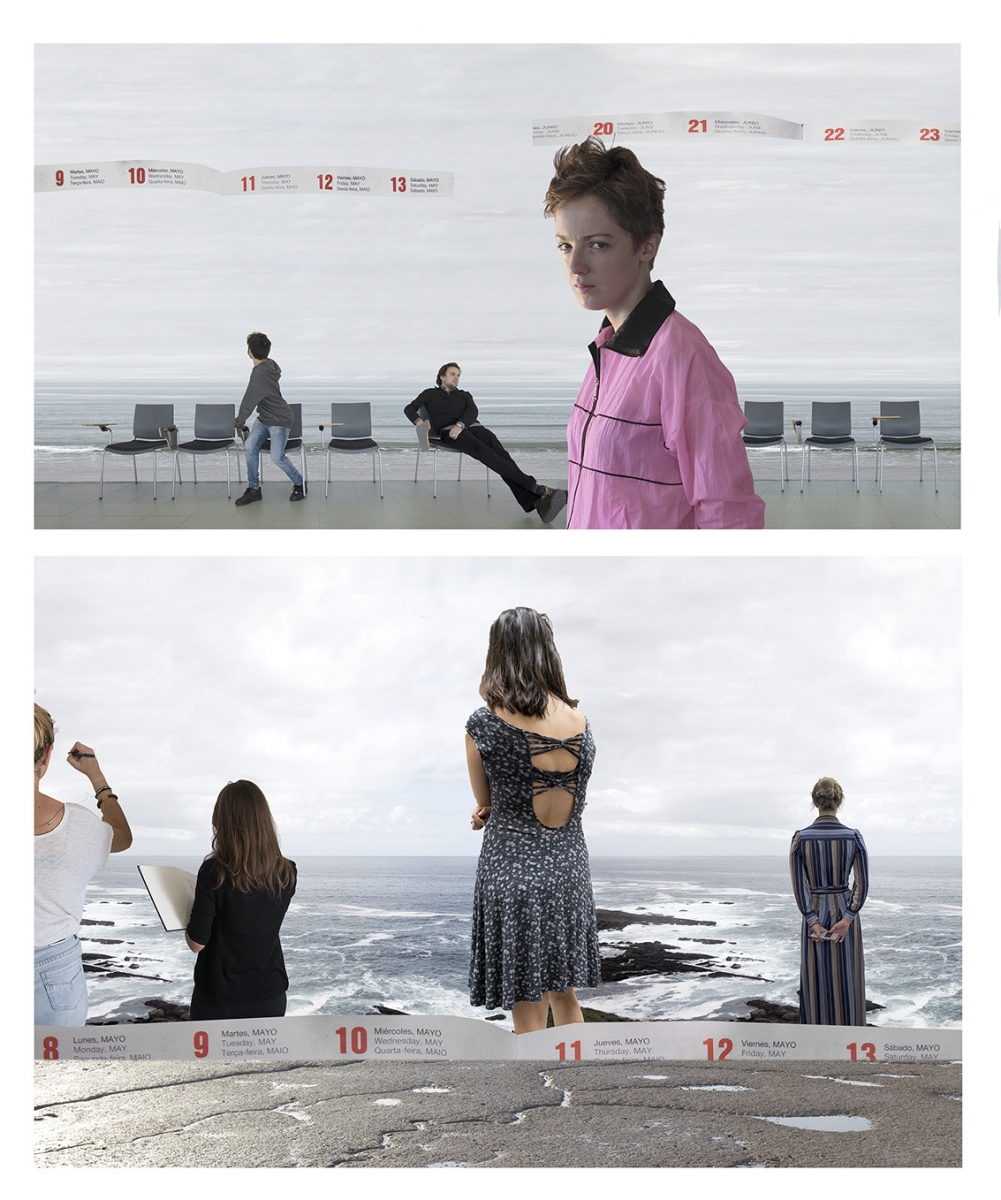Jesús Segura
We present No. 1 issue of the Journal Contranarrativas “Anachronic contemporaneities versus temporary hetrochronies.” We introduce this issue with this name of a false oxymoron which aims to work as a figure of style for the new construction of the imaginary. All of this is governed by recurrent alterations of temporality that constitute forms of resistance to a conception of time and history. Temporary architectures provide a discursive framework for analyzing convulsions and transformations to which the discourses of image are submitted. By addressing social, political and economic issues, from a perspective where these ideals do not proclaim themselves, they are not decreed, but are inserted in the process of production and configuration of the imaginaries; in the way in which images are made and thought. And it is these relationships, which release their ideological character. In short, those imaginaries that develop a representational conundrum and that delve into confrontation of temporalities that question traditional historiography.
In this way, in this new issue No. 1 of Contra-Narrativas “Anachronic contemporaneities versus temporary hetrochronies,” we argue from positions that take an anachronic contemporaneity and fracture the linear and monochronic temporality, to articulate temporal resistances that allow to establish a dialogue between past, present and possible futures, expanding the status of contemporary image. On the other hand, temporary hetrochronies enables a temporary multiplicity, where latent temporalities collide to articulate other functionalities, other realities that simultaneously coexist in the same space-time. Construction of western history and its linear time is articulated around factual powers and specific interests whose spurious purpose is control and domination. That “Capitalist Realism,” mentioned by Mark Fisher, embodies with great precision cultural forms of the powerful, their dominant cultures that legitimize temporal structures and alienated forms of knowledge. Homogenization established by hegemonic neoliberalism forces us to look for the future from that “outside.” The alternative of survival is presented as a dismounting, a dismantling of these hierarchical structures articulating other space-time and giving the image its own time in expansion. In this way, we will agree that “Contemporaneity” is multi-temporal and we can not continue to verbalize a linear and monochronic chronology. This cartography of times allows us to detect “the conflict” to define and understand, in the present tense, What is contemporaneity? How are their temporalities articulated? For this, we present a series of texts and artistic works that allow us to deepen these issues.
Michael Ann Holly raises the conflict between visual and melancholy experience, where she analyzes the temporalities underlying within images. Historicity of forms carries within it a perpetual anachronism in that the spectator-interpreter must expand and be felxible in its reading. The question of an anachronic contemporaneity is present, as a rhetorical figure, in this magnificent essay by Michael Ann Holly, where she offers us a sober, rigorous and passionate study of the time of images and the melancholic projection of its visuality. Her writings, always unfolded on their own meanings, acquire a kind of reflective three-dimensionality that allows us to establish a remarkably enriching dialectic. That is why Michel Ann Holly is considered one of the most prestigious scholars in the theory of image. Nor should we fail to take into account her contribution as co-founder and pioneer of the program of Visual and Cultural Studies in the United States.
Tim Murray offers us the chapter “Time@ Cinema’s Future: New Media Art and the Thought of Temporality” of his book Digital Baroque: New Media Art and Cinematic Folds, University of Minnesota Press, 2008. Here we find an essential study of temporality in new technologies. As he points out, the purpose of the chapter is: How is the “future” situated in the art of new media? Tim Murray explores the cinematographic and temporal conditions of new media art by suggesting, in dialogue with Deleuze, a psycho-philosophical view of new media, where the user is simultaneously in the present while relating to the past and affecting the future. This psycho-philosophical approach changes from a linear concept of time to a heterochronic temporality, offering new directions and possibilities of thought. Tim Murray is a Professor at Cornell University (New York). He is also director of the Humanities Society, curator of the Rose Goldsen archive of New Media Art and co-curator of Ctheory Multimedia.
Dan Karlholm compresses and decompresses the concept of “Contemporaneity” clearly and with the firm intention of updating its meanings. He distinguishes and delimits “Contemporaneity” in the field of contemporary art, and empowers an actualization that involves considering the anachronic historiography as an element that amplifies and generates new temporal relationships for the benefit of a reliable history of images. Inevitably, with this maneuver it situates in a relational world, in a world in constant expansión and absorption of meanings in process. This “distortion” is applied by Dan Karlholm in the study of works by Hans Holbein, Marcel Duchamp, Hilma af Klint and Hannah Höch to reveal their hidden layers and to seek new spatio-temporal contexts of the imaginaries. Dan Karlholm is a professor and researcher at the University of Södertörn (Stockholm). He is also editor of Konsthistorisk tidskrift/Journal of Art History (Taylor & Francis/Routledge) since 2009.
Amelia Groom introduces us fully into the debate of the contemporary through a sharp essay on “Lost time.” Through the analysis of One Year Performance 1980-1981: Time Clock Piece, by Taiwanese artist Tehching Hsieh, she proposes a reflection between multitemporality and capitalism. Unveiling post-Fordist space-time structures that contain psycho-spatial elements of gender distinctions, in their rituals of legitimacy, hiring practices, classification systems and division of labor. Amelia Groom is a researcher at Sandberg Instituut and Gerrit Rietveld Academie. Her essays have been published in different international journals. She also edited the anthology about time and contemporary art, Time (Whitechapel: Documents of Contemporary Art), MIT Press, 2013.
Enric Mira unfolds a discussion between, mobility and immobility, suspended temporalities and anachronic “slides” of contemporary photography towards the cinematic. His diagnosis emphasizes the historic significance of photomontage and its current derivation. Provoking the assumption of a temporary suspension and consequently a reordering of implicit changes. With this, Enric Mira delves into the anachronic as a catalyst instrument of a formal and significant opening that allows, through its temporary turns, to grant the image a fluid and changing statute. Where the auto-reflexivity of the viewer-interpreter, acquires a category of production process. His extraordinary study gathers these travelling concepts that reaffirm that discursive character in what we have been calling “Contemporaneity.” Enric Mira is a professor and researcher at the University of Alicante in the Department of Communication and Social Psychology. He has written articles on theory and history of photography for different specialized publications such as Cimal, Lápiz, Photovision, Canelobre, Archivo del Arte Valenciano, Historia y Comunicación Social, Fotocinema and Concreta.
Paz Tornero analyzes temporal relationships in Cyberspace and its antagonisms. Temporalities in the virtual act make visible (e-)heterochrony more than any other medium, but they also project us immediately, as a reflection, on an anachronic (e-) contemporaneity. Almost in a suspended time, in an achrony, we find ourselves inhabiting the surface of the ungraspable. It is this paradox that Paz Tornero tries to collect in her essay, to argue about the construction of hidden and incipient narratives, almost about to appear or vanish. Phantasmagorias of the cyberworld. In a certain way, that (e-)dialectical materialism of offline and online bodies to which she alludes, be this even still the beginning or conversely the ends of history. Paz Tornero is an artist, professor and researcher at the University of Granada.
Although Stan Douglas does not need presentation, it is convenient to say that his work unfolds between photography, video, films, installations and theater. His works provide continuous references to social and political history, literature, music, television and Hollywood films. Stan Douglas explores the behaviour of images and the nature of narrative forms. Like many of his photographic series, the one we present in this issue, Disco Angola (2012) dialogues with conventions of documentary photography through reconstruction of real scenes. The images play with the tension between reality and fiction. In Disco Angola (2012), Stan Douglas connects events that are happening simultaneously and in parallel. Dismantling the linear narrative of the story and bringing out all the transnational framework of politics, power and culture. This anachronic Contemporaneity, which reflects in a masterful way Disco Angola (2012) allows us to visualize new associations, the correspondences that are hidden by the historical linearity, that are generated in that dialogue between present, past and possible futures. It is a pleasure for the entire Contra-Narrativas team to have this artwork for this issue number 1. Stan Douglas is an internationally renowned artist.
Cristina Guirao reviews Keith Moxey’s book, Visual Time: The Image in History, Duke University Press, 2013. She deepens in Moxey’s affirmation of heterochronic time and the fruitful relationship established with new ways of understanding art. Later she presents us the contemporary multiplicity whose argument is based on a postcolonial and feminist construction included in Moxey’s book. Finally, she introduces us to visual studies and the iconic turn as an instrument of visual and temporal disassembly. Thus, she offers an approach to synthesizing Moxey’s book didactically, but also in a critical and dialogical way. Cristina Guirao is a professor and researcher at the University of Murcia and director of the Master in Cultural Management.
